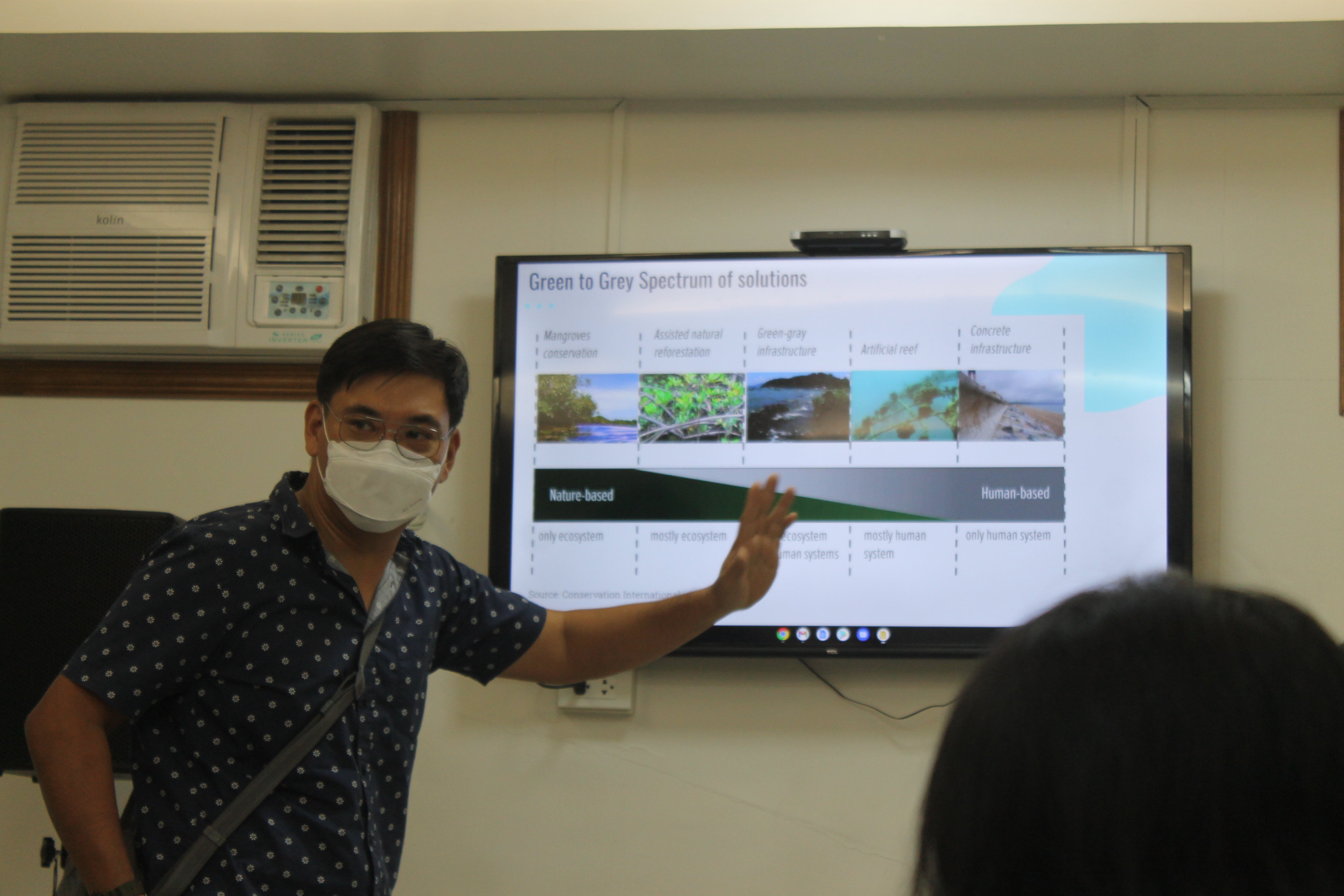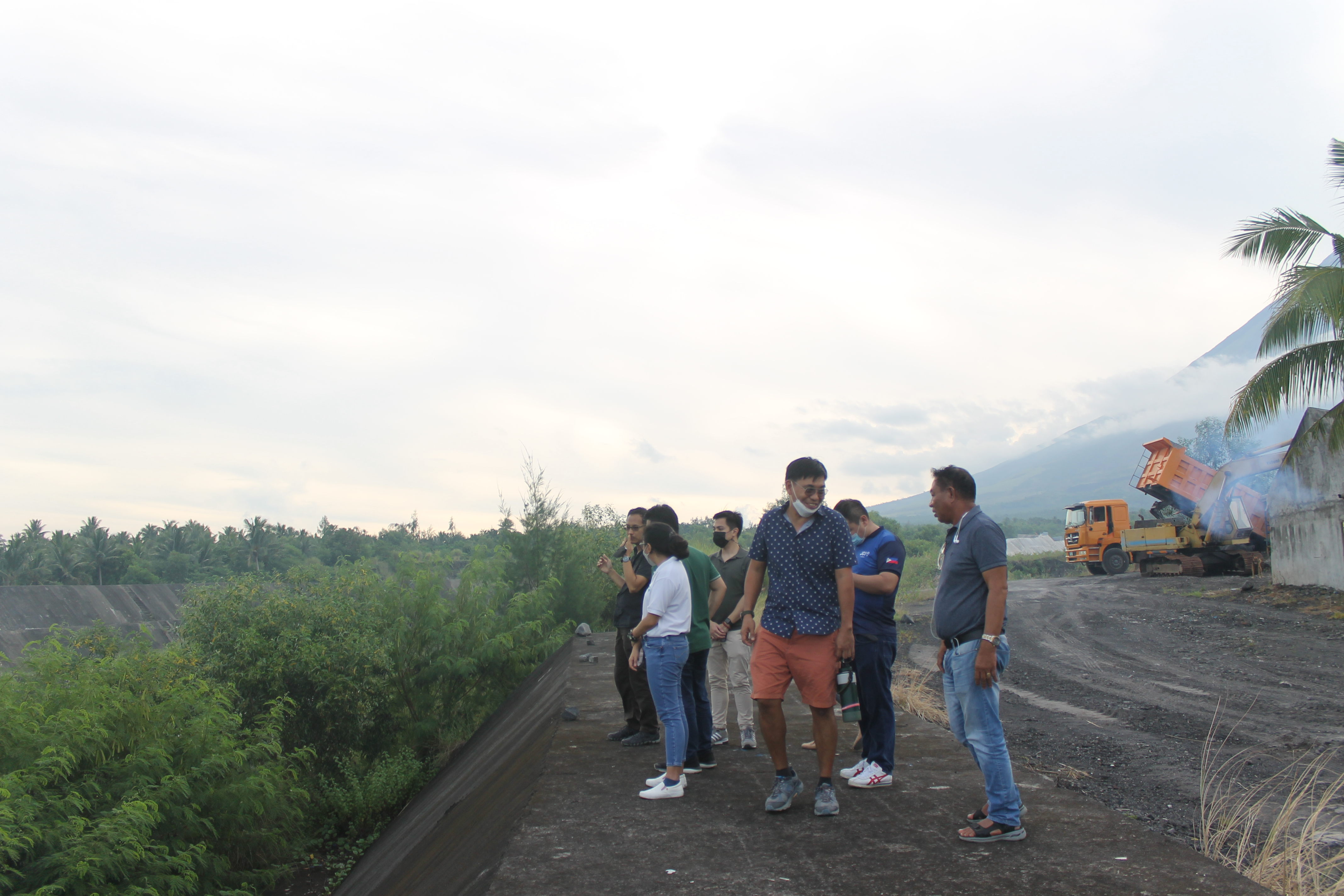Livelihood advocate leads bamboo propagation to address climate change impacts in Legazpi city
Organization: CATHOLIC RELIEF SERVICES
Donor: USAID PHILIPPINES
Beneficiaries: 77000
Photo credit: Ashley Venerable for CRS
Following a series of catastrophic floods in Albay Province in the Philippines, people are safeguarding their communities by utilizing bamboo as an innovative form of protection against climate change induced natural disasters.
Many people’s lives have been affected by ever more frequent and intense weather events in the Philippines. For the residents of Legazpi City, a coastal city on the east of the island of Luzon, the increasingly extreme typhoons have been particularly devastating. In 2020, Super Typhoon Goni – the most powerful tropical cyclone to make landfall in recorded history – caused widespread damage to infrastructure and agriculture. The torrential rain and strong winds also triggered lava flow from the nearby Mayon Volcano, which caused the near total destruction of one village. In its wake, Goni directly affected 3.4 million people, and caused 25 casualties and damages amounting to 18 billion Philippine pesos or 0.3 billion US dollars.
Martin Reynoso, a business owner and member of the Albay Chamber of Commerce, is a leading local advocate of the planting bamboo to enhance flood protection, with his team to date having planted around 1,000 bamboo culms to date.
“Bamboo is a natural deterrent against the perils of climate change,” says Reynoso.
Planting bamboo alongside cement dikes along the numerous river branches that flow from Mayon Volcano to Legazpi City help reduce the risk of floods by preventing soil erosion thanks to its dense and wide-spreading system of roots. The plant also acts like a wall, slowing water coming down from the mountains.
Fast-growing and resilient, bamboo has a wide variety of other benefits. It can provide a sustainable livelihood to communities as a raw material for construction and furniture making. Bamboo also reduces the effects of climate change, with studies demonstrating that it releases over 35% more oxygen than trees, converting carbon dioxide emitted by vehicles and machinery into clean air.
.jpg)
Helping to restore land degraded by quarrying is yet another benefit, says Reynoso.
Once bamboo is established, the leaf-drop begins to return organic matter to the soil, rebuilding fertility. As the land begins to recover, other plants can follow, making bamboo a pioneer plant.
While Reynoso recognizes government efforts to use bamboo-reinforced flood protection, to truly harness the benefits of bamboo, he believes more still needs to be planted. His status as a vocal supporter for the planting of in the province led to his involvement in USAID and CRS’ Climate Resilient Cities (CRC) project in Legazpi City. Launched in 2021, CRC is a five-year project that seeks to improve resilience by strengthening the capacities of several cities in the Philippines to adapt to, mitigate, and manage the impacts of climate change. A key component of the project is to support local government, NGOs, the private sector, and civic action groups through dialogue and capacity training initiatives.

Reynoso has influenced the private sector, civil society actors, and religious groups in planting bamboo and conducting bamboo propagation seminars for the youth. His dream is for communities to have a sustainable income through bamboo nursery raising, plantation, and primary processing for bamboo-based products.
With the CRC Project, we can increase bamboo supply in Legazpi City, restoring land and riverbanks, and use bamboo in providing livelihood and protection to communities. The land and the community will benefit together.
